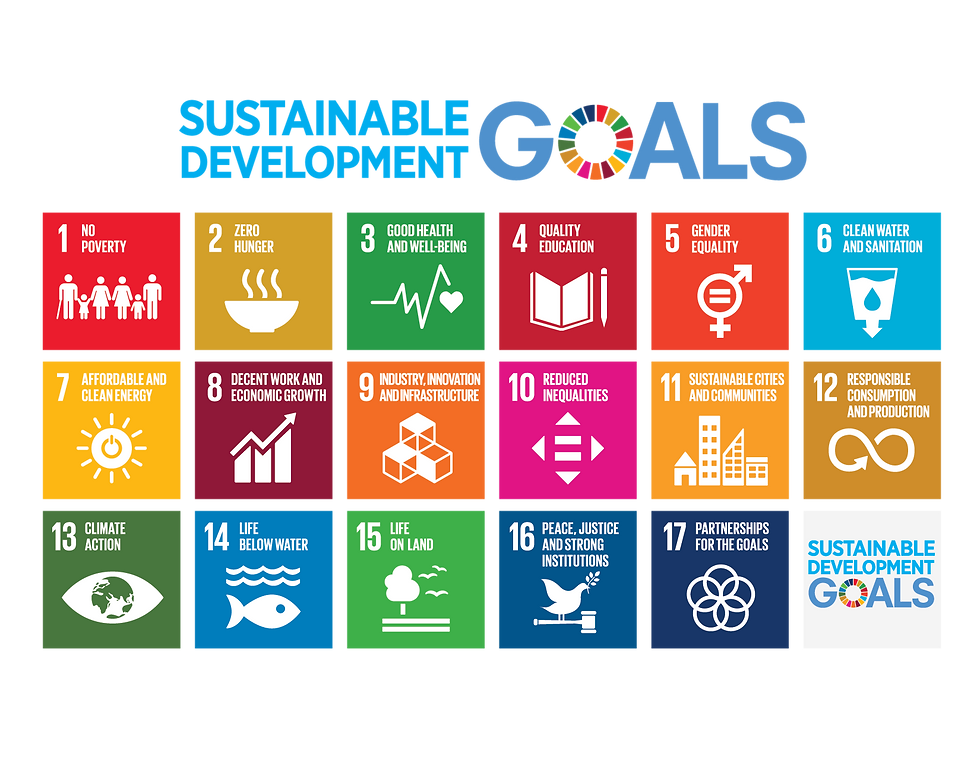What is "sustainability" and "sustainability impact"? A quick guide for startups
- Dr. Ingo Michelfelder
- Dec 12, 2024
- 2 min read

Want to understand, measure and forecast your startup's impact? Click here.
Want to have more tools and resources for impact measurement for startups? Click here.
In our work with startups we experience often that it is difficult for them to have a common understanding what sustainability impact is. In this short blog post in Q&A style we discuss questions that we often receive and try to provide short answers.
Q1: Can we describe sustainability in a single sentence?
The most impactful definition was probably made by the Brundtland report. It defines sustainability as:
‘‘development that meets the needs of the present without compromising the ability of future generations to meet their own needs” (WCED, 1987).
Q2: So where exactly do we need to contribute to, in order to contribute to a sustainable future? What do (impact ) investors care about?
The most widely shared conceptualization are the 17 sustainable development goals (SDGs). We recommend to click on this link and look at these 17 goals. To which of these goals do you contribute? It is most likely more than one, which is ok. As you will have limited time however and a fast changing business model, we usually suggest to focus on the top 3 most important goals only. In general, it makes sense to ask yourself, how your activities influence the 17 SDGs (positively and negatively).
Q2: Should we look at environmental, social or economic sustainability?
Sustainability should never be an only social, or only environmental perspective, as there are often trade-offs and interactions between these dimensions. As an example, increased food security (social dimension) could lead to environmental destruction (pesticides, water usage etc.). These trade-offs need to be considered when you define your sustainability impact.
Q3: Now that we have a rough understanding about sustainability, what exactly is sustainability impact?
The in our view best concept to describe sustainability impact is provided be the impact management norms. Every organization can conceptualize its sustainability impact according to 5 dimensions, consisting of What, Who, How much, Contribution and Risk. The webpages where the impact management are norms are very well crafted for self learning. Alternatively, feel free to identify our impact without costs on the AI powered platform developed by ImpactForesight PBC.
Q4: What does systems change mean? Do we necessarily have to scale and become a large organization in order to generate large impact?
Scaling is one way to achieve high impact. You should however be careful, that if you are e.g. a litte more resource efficient, but lead to a growth of the market of your product/service, your overall contribution can be negative. A new stream of practitioners and researchers is interested in how to achieve real systems change. This is a little more complex. A very good overview including case studies are given in the following document (click here) from the Schwab Foundation for Social Entrepreneurship and the World Economic Forum.
This blogpost was first published on Sept. 21st, 2018. Due to its high impact (over 8000 views since then, but rapidly changing sustainability impact management landscape, we updated the blogpost on Dec. 12th, 2024.


Comments